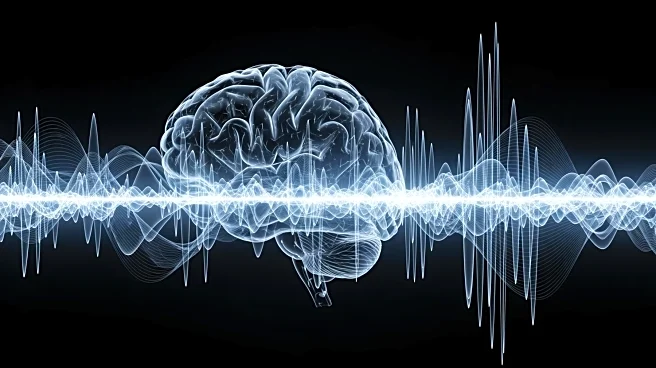What's Happening?
A recent study has provided insights into how the brain transitions from sleep to wakefulness. Researchers found that upon waking, the brain exhibits a specific pattern of activity, starting from the front and central regions and moving to the back. This
process varies depending on whether the individual wakes from REM or non-REM sleep. The study highlights the role of the reticular activating system in initiating wakefulness by activating the thalamus and cerebral cortex. Despite these findings, the phenomenon of sleep inertia, or morning grogginess, remains partially unexplained, though it is influenced by the timing of waking and the use of alarm clocks.
Why It's Important?
Understanding the brain's waking process is crucial for addressing issues related to sleep inertia, which affects cognitive performance and mood. This research could lead to improved strategies for managing sleep schedules and enhancing morning alertness. The findings have implications for public health, as they could inform guidelines for better sleep hygiene and the design of alarm systems that minimize disruption. By shedding light on the biological mechanisms of waking, this study contributes to a broader understanding of sleep's role in health and well-being, potentially influencing future sleep-related technologies and therapies.














